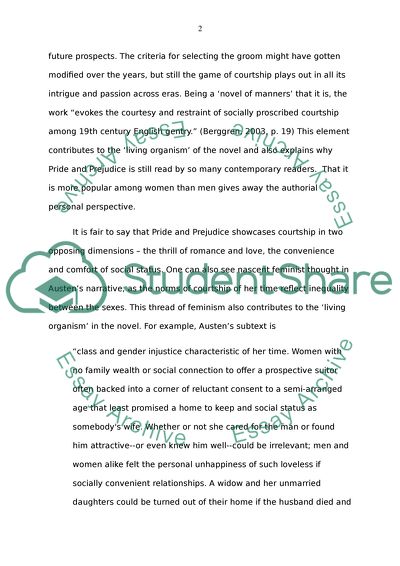Cite this document
(“Discuss plot, point of view, character, setting, time and style in Essay”, n.d.)
Retrieved from https://studentshare.org/literature/1465713-discuss-plot-point-of-view-character-setting-time
Retrieved from https://studentshare.org/literature/1465713-discuss-plot-point-of-view-character-setting-time
(Discuss Plot, Point of View, Character, Setting, Time and Style in Essay)
https://studentshare.org/literature/1465713-discuss-plot-point-of-view-character-setting-time.
https://studentshare.org/literature/1465713-discuss-plot-point-of-view-character-setting-time.
“Discuss Plot, Point of View, Character, Setting, Time and Style in Essay”, n.d. https://studentshare.org/literature/1465713-discuss-plot-point-of-view-character-setting-time.


